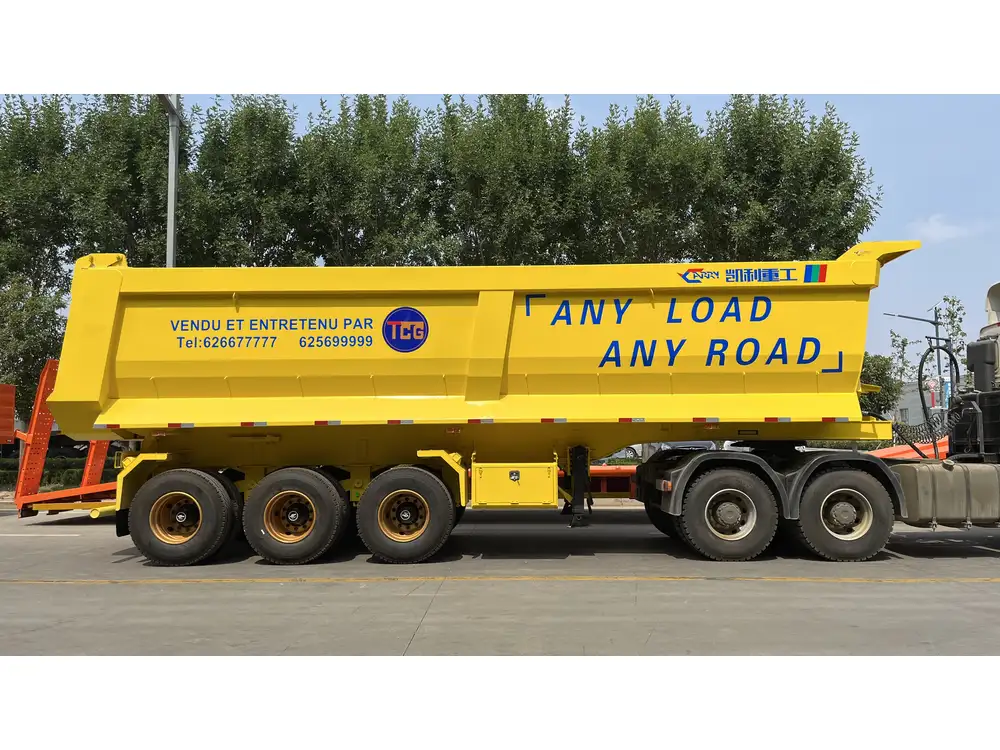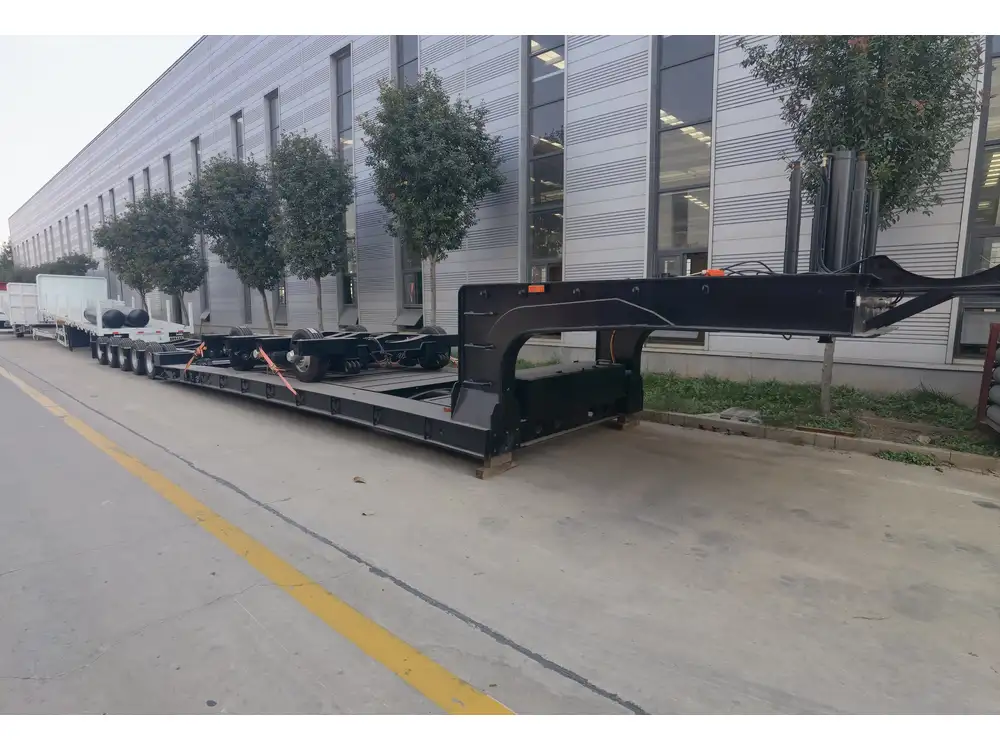When it comes to operating heavy-duty vehicles like semi-trailers, understanding how to effectively manage the braking system is crucial. In this guide, we delve into the procedure of releasing brakes on semi-trailers, offering detailed insights to enhance your operational efficiency and safety.
Understanding the Braking System of a Semi-Trailer
Before proceeding with the release of brakes, it is essential to grasp the components of the semi-trailer’s braking system. Typically, semi-trailers utilize air brakes, which function through pressurized air rather than hydraulic fluids. This system consists of:
| Component | Function |
|---|---|
| Air Compressor | Produces compressed air for the brake system. |
| Air Reservoir | Stores compressed air to ensure consistent brake performance. |
| Brake Chambers | Converts air pressure into mechanical force to apply brakes. |
| Slack Adjusters | Ensures proper brake adjustment over time to maintain efficiency. |
Each component plays a vital role in ensuring that the brakes function correctly, and understanding this system can help you troubleshoot issues and perform necessary maintenance.
Steps to Release the Brakes on a Semi-Trailer

Preliminary Safety Checks
Before releasing the brakes, it is imperative to conduct a thorough safety check. Follow these steps:
- Ensure the Truck is Stationary: Verify that the semi-trailer is parked on a level surface with the parking brake engaged.
- Check the Air Pressure: Ensure that the air pressure in the system is within the acceptable range, generally between 90 to 120 psi. Low air pressure can hinder brake performance.
- Inspect Brake Components: Look for any visible leaks or damages in the brake lines and chambers. Cracked hoses or broken components should be addressed immediately.
Releasing the Brakes
Once safety checks are completed, you can proceed to release the brakes. The procedure is as follows:
Locate the Brake Release Valve: Depending on the make and model of your semi-trailer, the brake release valve might be located on the trailer’s side or just beneath the coupling mechanism. This valve is crucial for manually releasing the brakes in case of air system failures.
Ensure Air Pressure is Adequate: Engage the tractor’s engine and build air pressure until it reaches the required level. This ensures proper functioning of the system.
Pull the Trailer’s Air Supply Line: If equipped with a tractor, ensure the air supply line from the tractor to the trailer is secured and functioning correctly. This line supports air flow necessary for brake release.
Activate the Brake Release:
- For Manual Systems: Pull the red “emergency” or “spring brake” knob in the cab to release the brakes. This is often accompanied by an audible release sound as the air pressure is expelled.
- For Automatic Systems: Wait for the system to apply the necessary pressure; you might notice the brakes releasing automatically once conditions are met.
Verify Brake Release: Test the brakes by gently rolling the trailer forward. It should move without resistance. If you encounter stiffness, revisit the brake release steps and ensure that air pressure is within limits.
Troubleshooting Common Brake Release Issues

Low Air Pressure
Symptoms: Inadequate air pressure can lead to braked situations.
Solution: Check the compressor for fluid levels and functionality. If the compressor is faulty, consider replacement or repair.
Sticking Brakes
Symptoms: If brakes fail to release even after proper procedures are followed, they may be sticking.
Solution: Inspect for corrosion or rust in the brake chambers and slack adjusters. Lubricate or replace the affected parts as necessary.
Air Leaks
Symptoms: Unusual hissing noises from the braking system.
Solution: Conduct a thorough leak test. Consider using soap-water solution on suspect areas; bubbling indicates an air leak which should be fixed immediately.

FAQ: Common Questions about Releasing Semi-Trailer Brakes
What happens if I release the brakes incorrectly?
Improper brake release can result in rolling of the trailer, potentially leading to collisions or damage. Always ensure the parking brake is engaged before attempting a release.
How often should I check the braking system?
Routine inspections are recommended prior to every trip. However, a more in-depth check should be performed every 10,000 miles or as indicated by manufacturer guidelines.

Can I manually adjust the brake slack?
Yes, slack adjusters should be inspected periodically and adjusted appropriately. However, manual adjustments must follow safety protocols to maintain functionality.
Best Practices for Semi-Trailer Brake Maintenance
Regular Inspections
Engaging in proactive inspections can mitigate brake issues. Schedule monthly checks on the brake system components, including chambers, hoses, and shoes.

Utilize Quality Parts
Invest in high-quality replacement parts for better durability and performance. Cutting corners on parts can lead to premature failures and unsafe driving conditions.
Maintain Proper Air Levels
Keep the air system well-maintained and check for leaks regularly. Ensure that the compressor is functioning optimally to maintain consistent air pressure.
Conclusion: Safety First
Releasing the brakes on a semi-trailer is not just a matter of following steps; it is a critical aspect of safe hauling practices. Understanding your braking system, conducting regular maintenance checks, and troubleshooting potential issues can prevent accidents and ensure smooth operations. Always prioritize safety and efficiency when handling heavy-duty vehicles. By adhering to these practices, operators can foster a safer driving environment for everyone on the road.



